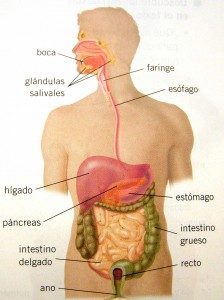 In the world of literary creation we find texts of a different nature. There are stories, fables, novels, essays, legends or poems, among other types of texts.
In the world of literary creation we find texts of a different nature. There are stories, fables, novels, essays, legends or poems, among other types of texts.
The main characteristics of poetic texts
Reading a poem offers a wide range of possibilities. Thus, the poetic text usually has a unique feature: it expresses feelings aimed at moving the reader. Its graphic form is presented in verses that are accompanied by blank spaces. On the other hand, the words incorporate a certain musicality and an implicit sense of rhythm.
The lines that make up a poem are known as verses and a verse can be made up of a sentence or an isolated word. Sometimes the verses are grouped together and when this happens stanzas are formed and according to the number of stanzas that compose them they are classified in one way or another. This type of text has a certain rhyme, as well as a rhythm, which implies that the poet plays with the sound and at the same time with the meaning of the words.
To write some type of poem (think of a sonnet or a couplet), poets use expressive devices, such as personification, metaphor, simile, antithesis, hyperbole and many others.
Understanding what poetry is?
We could define poetry as a dialogue between the poet and the reader through an aesthetic use of language. The poetic phenomenon uses words not in their colloquial and everyday sense but in their deepest dimension. When reading "the day is destroyed by throwing itself into the sea" we are faced with a verse that tells us something in a different way than usual (this sentence can only be understood within the framework of the poetic text, since outside it it would lose its meaning).
Poetry moves away from ordinary discourse because it seeks the construction of a visual image, which is usually a metaphor for something else. In this way, the use of poetic language alters the rules of common language.
Poetry communicates information on three different levels:
 1) says something about a subject, the poet,
1) says something about a subject, the poet,
2) expresses something about the language itself and
3) conveys a unique link between the poet and language. At the same time, the reader establishes an intimate dialogue between the words of the poem and his own individuality.
Photos: Fotolia - Marina / Corradobaratta









